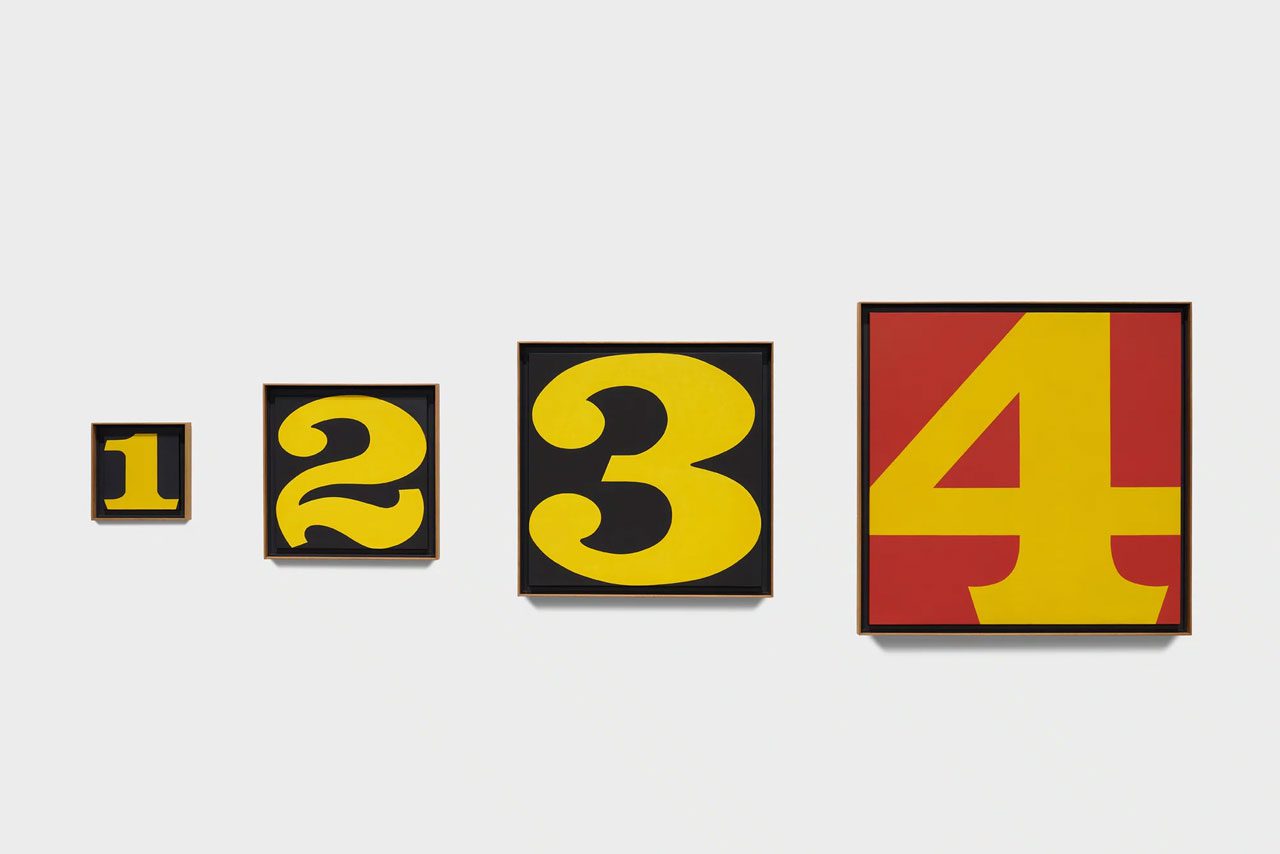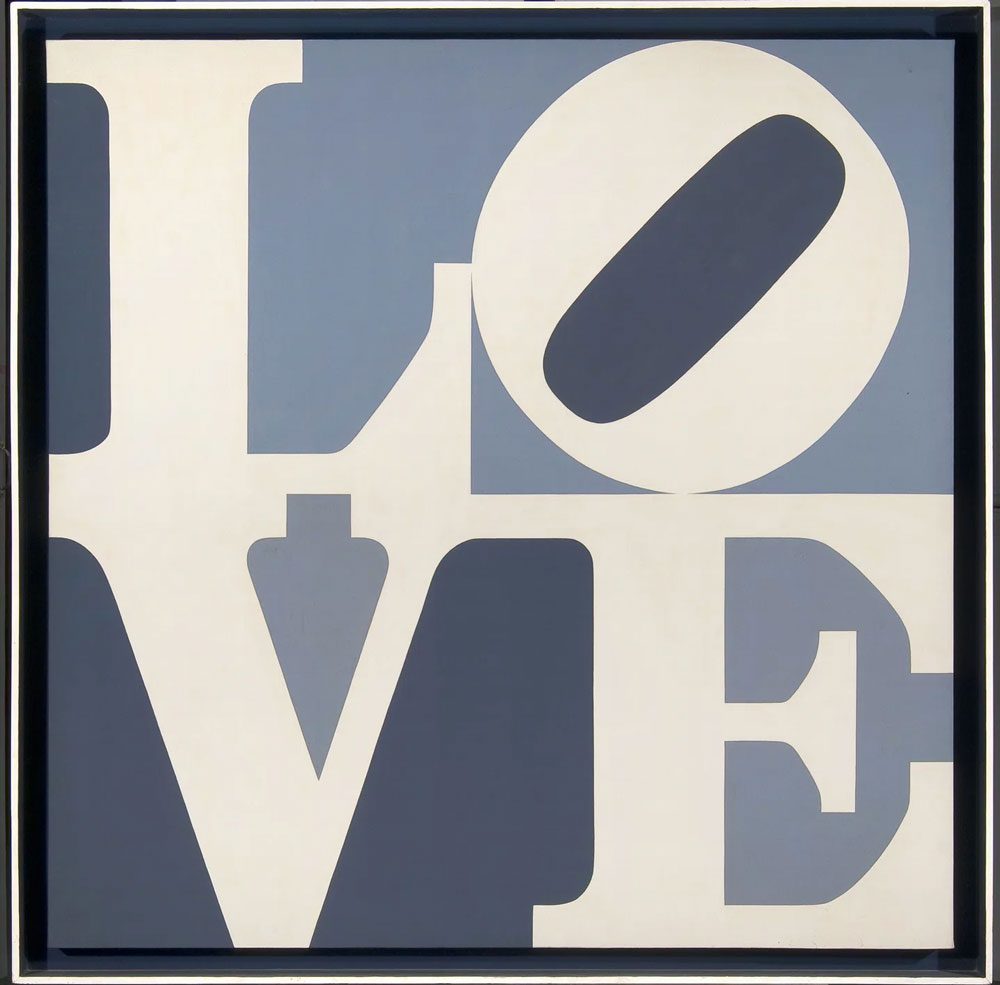ART CITIES: Hong Kong-Robert Indiana
One of the preeminent figures in American art since the 1960s, Robert Indiana played a central role in the development of assemblage art, hard-edge painting, and Pop art. Indiana created a highly original body of work that explores American identity, personal history, and the power of abstraction and language, establishing an important legacy that resonates in the work of many contemporary artists who make the written word a central element of their oeuvre.
By Dimitris Lempesis
Photo: Pace Gallery Archive
The exhibition “The Shape of the World” delves into the profound artistic legacy of Robert Indiana, spotlighting his lifelong fascination with numerology, literature, geometry, and color. A pioneering figure in Pop Art and assemblage, Indiana forged a distinctive visual language rooted in bold typography, vibrant hues, and powerful symbolism. His work explored both the particularities of American identity and the universal resonance of abstraction, firmly establishing him as one of the most influential artists of the 20th century. Indiana often described himself as an “American painter of signs,” and it is through this self-definition that he developed an iconic, deeply personal style that continues to captivate audiences around the globe. Born Robert Clark in Indiana in 1928, he adopted his home state’s name as a gesture of artistic reinvention. In the 1950s, he emerged as part of the tight-knit community of artists living and working in Coenties Slip, a historic port area on Manhattan’s southern tip. Among his contemporaries were luminaries such as Ellsworth Kelly, Agnes Martin, James Rosenquist, and Jack Youngerman. It was here, within this creatively fertile environment, that Indiana first began experimenting with the integration of text and number into his art. Indiana’s breakthrough came in the 1960s with the debut of his now-iconic “LOVE” image at New York’s Stable Gallery. With its stacked letters and tilted “O,” “LOVE” transcended its era to become a universal symbol of hope, humanity, and emotion. Sixty years later, it remains a cornerstone of American visual culture. In 1978, seeking solitude and creative independence, Indiana withdrew from the New York art scene and relocated to the remote island of Vinalhaven, Maine, where he continued to work prolifically until his death in 2018. “The Shape of the World” highlights Indiana’s intricate relationship with language and numerals—systems he used not only for their formal elegance, but also for their layered metaphysical, autobiographical, and philosophical implications. The exhibition features a curated selection of paintings, sculptures, and prints spanning the 1960s through the early 2000s, organized thematically around numerology and the universality of numbers as symbols that transcend linguistic and cultural boundaries. Central to the exhibition are three of Indiana’s painted bronze sculptures—modern reinterpretations of works he originally envisioned in the early 1960s. These pieces, take their name from the ancient Greek and Roman stone markers used at crossroads. Painted in vivid colors using 19th-century brass stencils scavenged from New York streets, these sculptures reflect Indiana’s reverence for both historical tradition and urban grit. In 1991, he selected eight of these herms to be cast in bronze—a material he considered one of sculpture’s most noble mediums. Among them, “TWO” (1960–62, cast 1991), stands out for its recent inclusion in “Robert Indiana: The Sweet Mystery”, a major Collateral Event of the 60th Venice Biennale in 2024, marking a significant moment in the artist’s international recognition. The gallery also showcases two striking examples of Indiana’s celebrated LOVE sculptures: “LOVE (Red Outside Blue Inside)” and “LOVE (Red Outside Gold Inside)”. Both were originally conceived in 1966 and later realized in 1999 in polychrome aluminum. These works remain powerful expressions of Indiana’s ability to distill complex emotions into elemental form. Another centerpiece of the exhibition is “ONE Through ZERO (The Ten Numbers)” (1978–2003), a stainless-steel installation composed of ten numerals. Each number represents not only a point in the life cycle—from birth to death—but also a distinct symbolic identity. Indiana’s numbers function as metaphors, linking personal memory (such as addresses or highway routes) to collective experience and cosmic ideas of time, transformation, and continuity. The exhibition also includes a compelling group of Indiana’s paintings, created between the 1960s and early 2000s. Among them is one of the earliest LOVE canvases—a small-scale, 30.5 x 30.5 cm piece from 1965 that captures the intimate origins of an image that would soon achieve global renown. Other paintings reflect Indiana’s personal and aesthetic connections to the natural and cultural environment around him. “Ginkgo” (2000), a crisp, hard-edged composition, was inspired by the fan-shaped leaves he encountered around Coenties Slip, a motif he first explored as early as 1957. “Four Diamond Ping” (2003) is a dynamic, diamond-shaped work that weaves together Mandarin script for “peace” with biblical text in English, offering a multicultural meditation on harmony and spirituality. Both works resonate deeply with the exhibition’s setting in Hong Kong, emphasizing Indiana’s cross-cultural appeal. Complementing the paintings and sculptures is a suite of ten prints—each representing a numeral from zero to nine—produced in 2001 and 2011. These prints are rooted in Indiana’s “Decade Autoportrait” series, which he began in 1971 as a reflection on his life and artistic journey during the transformative 1960s. Each print is a portrait of a year, rich with references to people, places, and events that shaped the artist’s world. Together, the works in the exhibition reveal Robert Indiana as a master of visual language—a poet of symbols, numbers, and signs—whose legacy continues to speak with clarity and power across generations and geographies.
Photo: Robert Indiana, LOVE, 1966, oil on canvas, 48″ × 48″ (121.9 cm × 121.9 cm). Photo: Courtesy of the McNay Art Museum, San Antonio, Texas; © 2024 Morgan Art Foundation LLC/Artists Rights Society (ARS), NY/SIAE, Italy, courtesy The Robert Indiana Legacy Initiative
Info: Pace Gallery, 12/F, H Queen’s, 80 Queen’s Road Central, Hong Kong, Duration: 25/3-9/5/2025, Days & Hours: Tue-Sat 11:00-19:00, www.pacegallery.com/
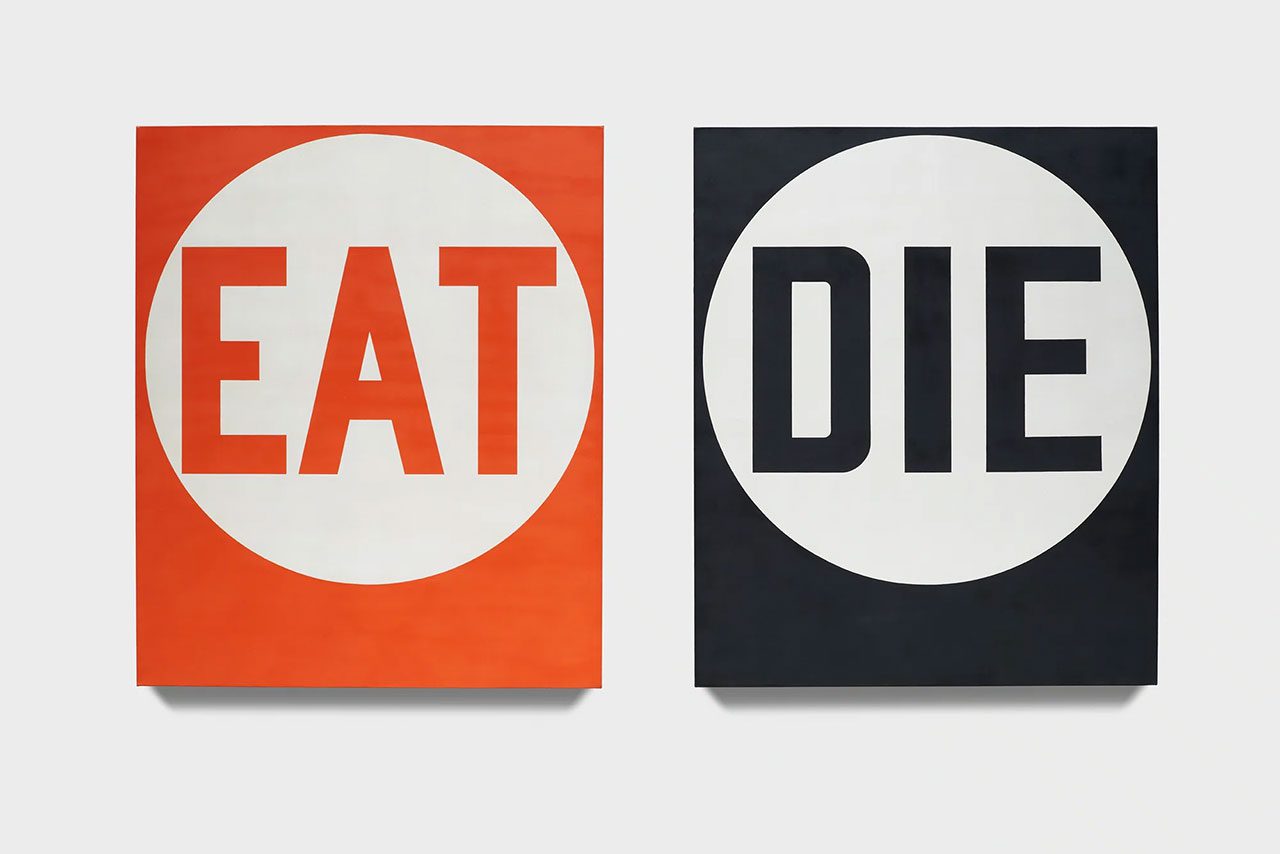
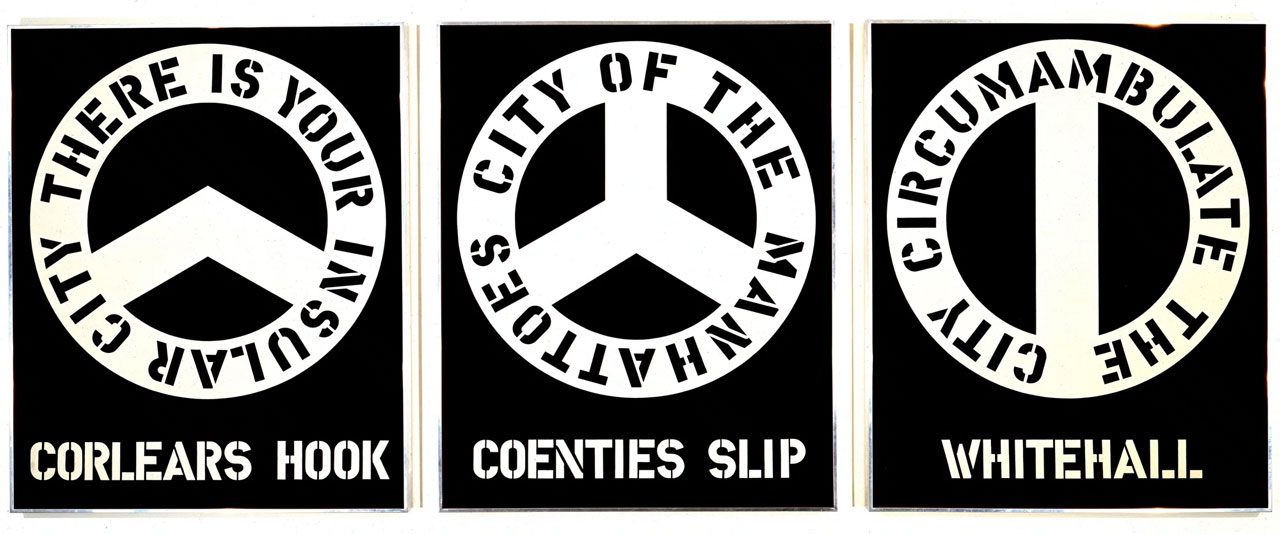
Robert Indiana, The Melville Triptych, 1962, oil on canvas, triptych, overall: 60″ × 144″ (152.4 cm × 365.8 cm), each panel: 60″ × 48″ (152.4cm × 121.9 cm). Photo: Todd White Art Photography © 2024 Morgan Art Foundation Ltd./ Artists Rights Society (ARS), courtesy The Robert Indiana Legacy Initiative
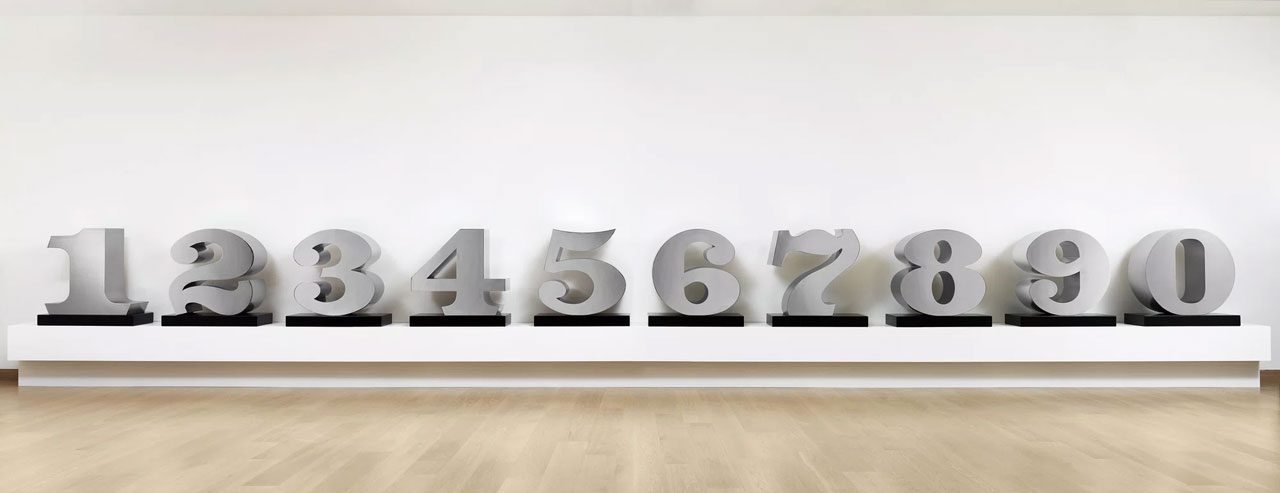
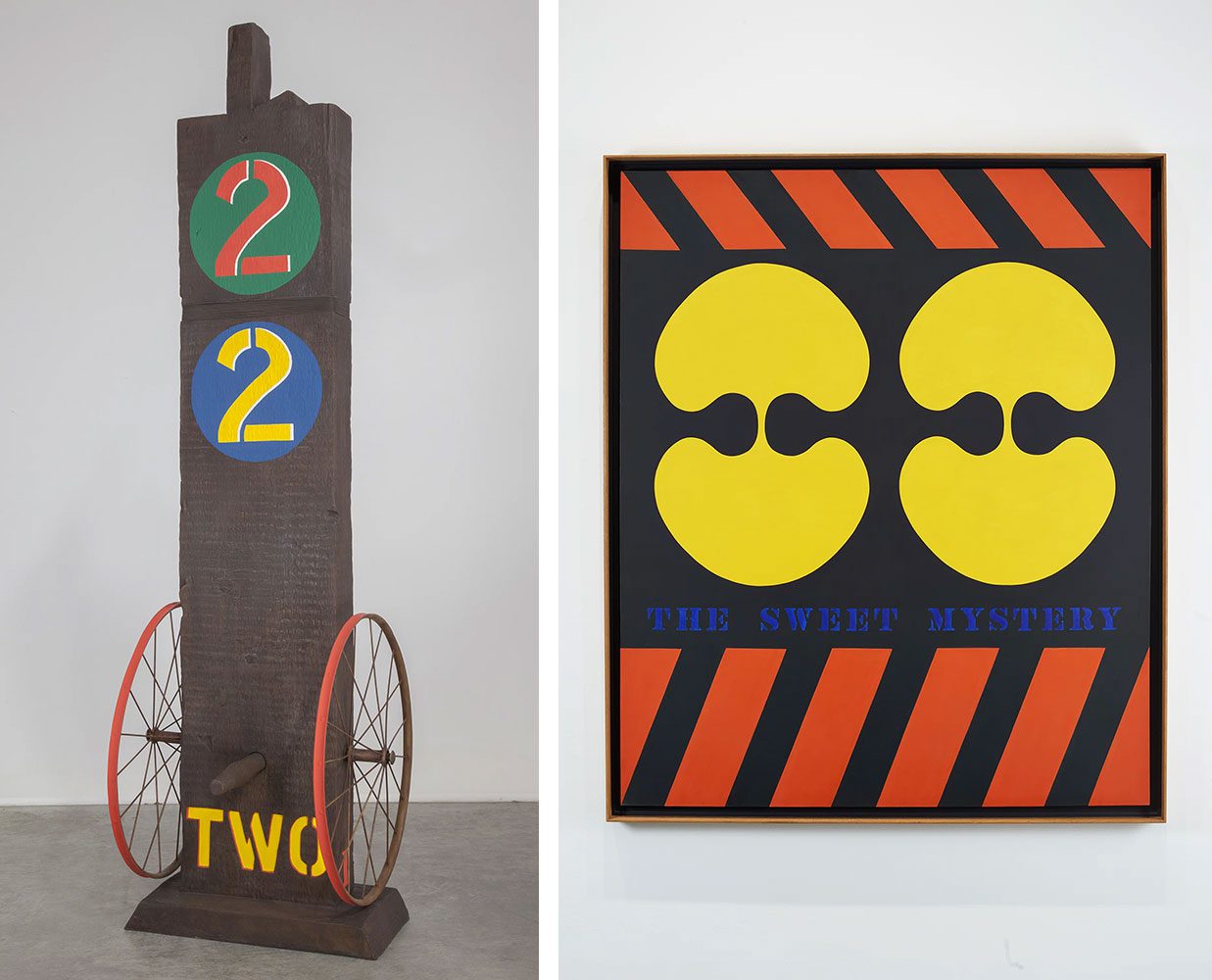
Right: Robert Indiana, The Sweet Mystery, 1960-62, oil on canvas, 72″ × 60″ (182.9 cm × 152.4 cm). Photo: Tom Powel Imaging © 2024 Morgan Art Foundation Ltd./ Artists Rights Society (ARS), courtesy The Robert Indiana Legacy Initiative
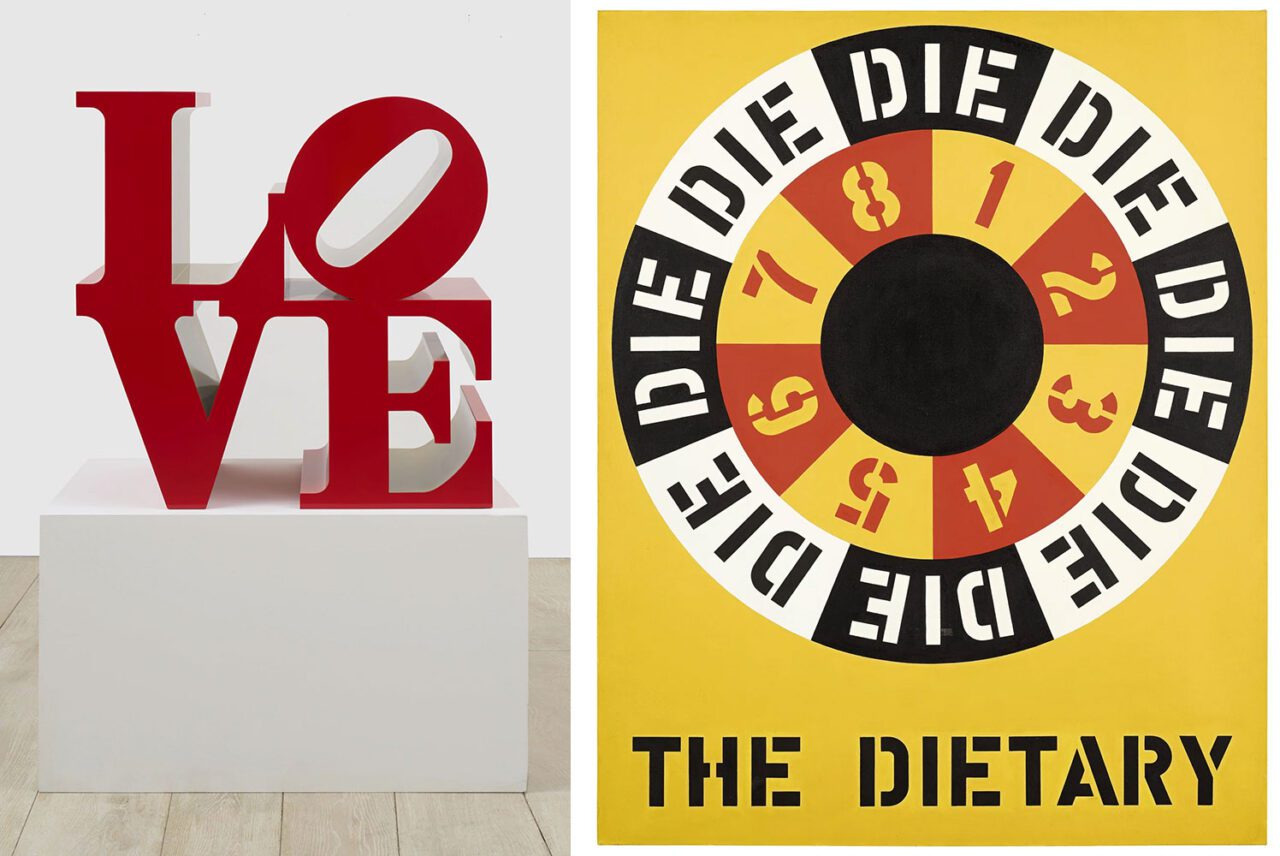
Right: Robert Indiana, The Dietary, 1962, oil on canvas, 60″ × 48″ (152.4 cm × 121.9 cm) © 2024 Morgan Art Foundation LLC/Artists Rights Society (ARS), NY/SIAE, Italy, courtesy The Robert Indiana Legacy Initiative
